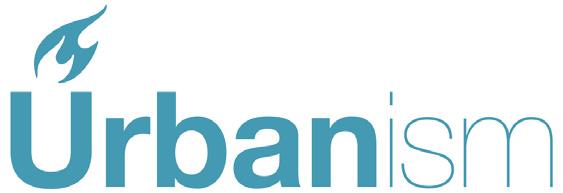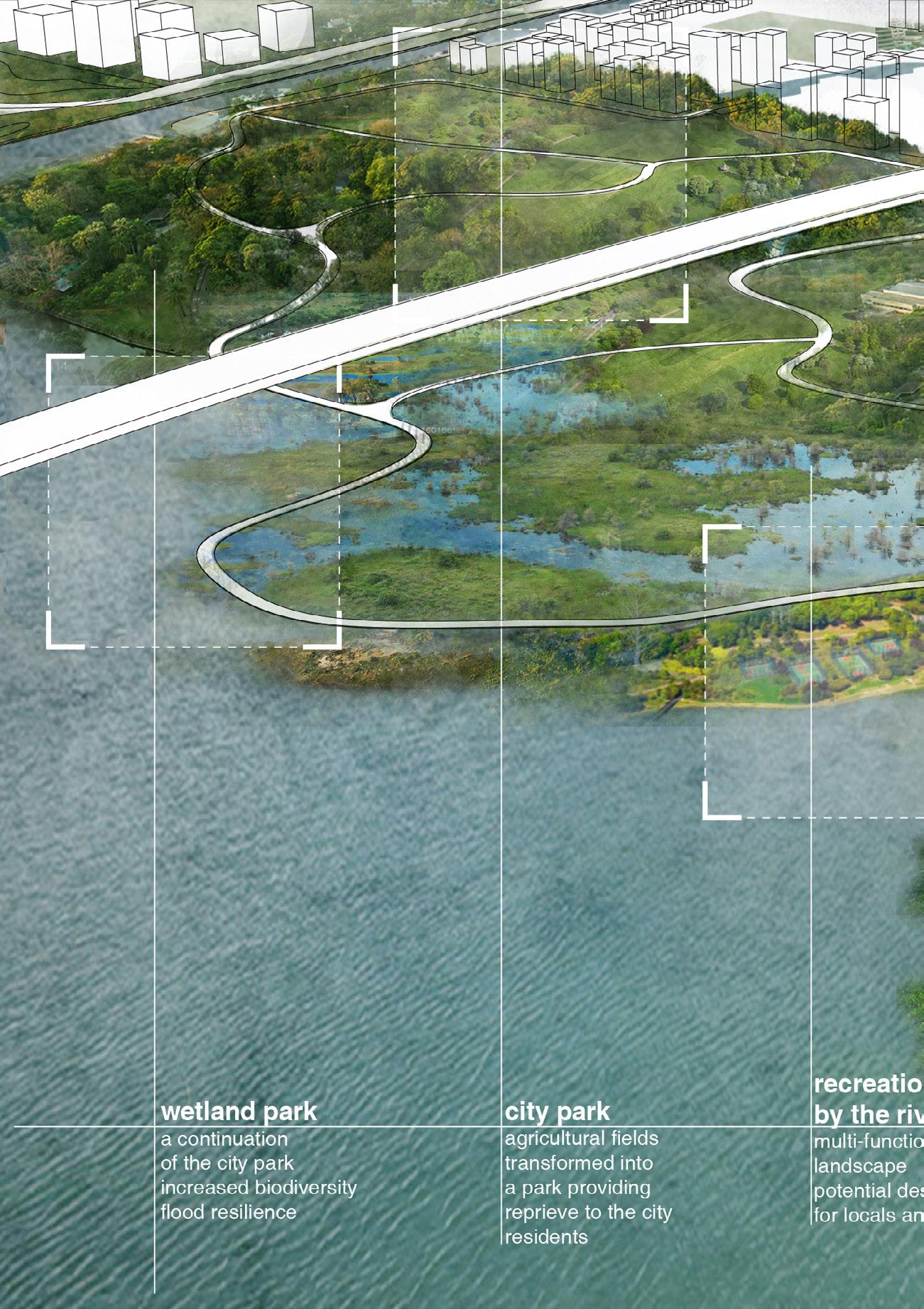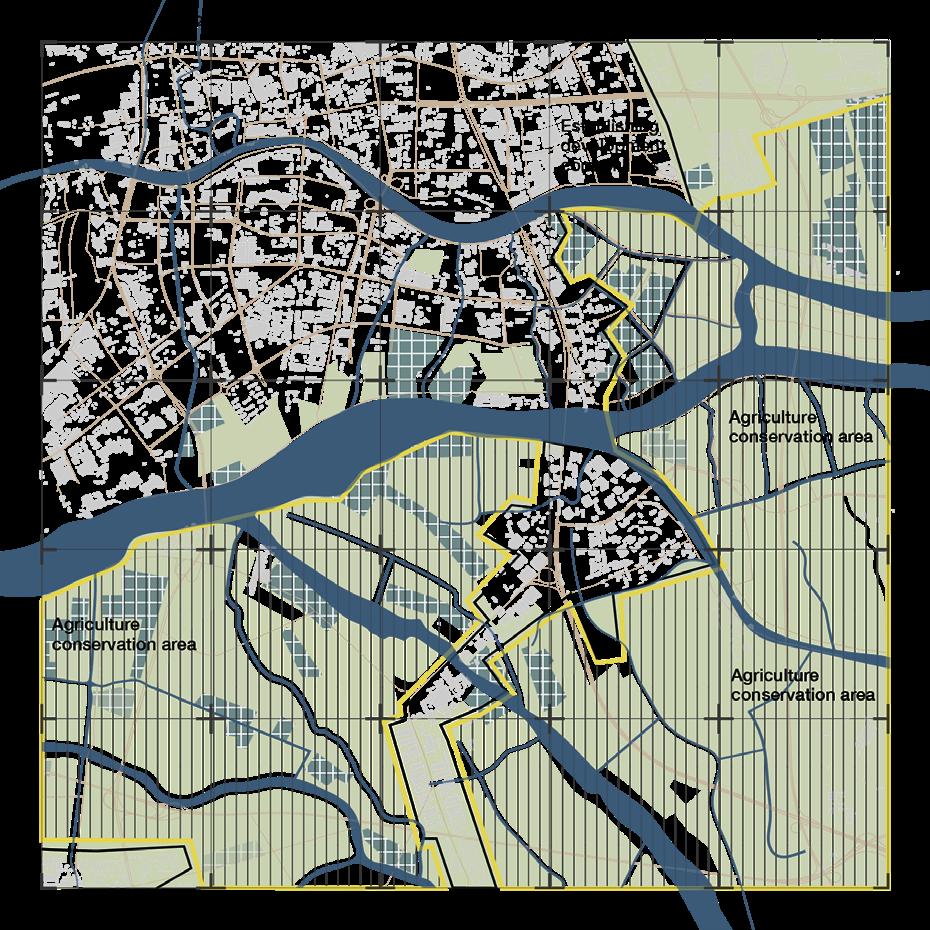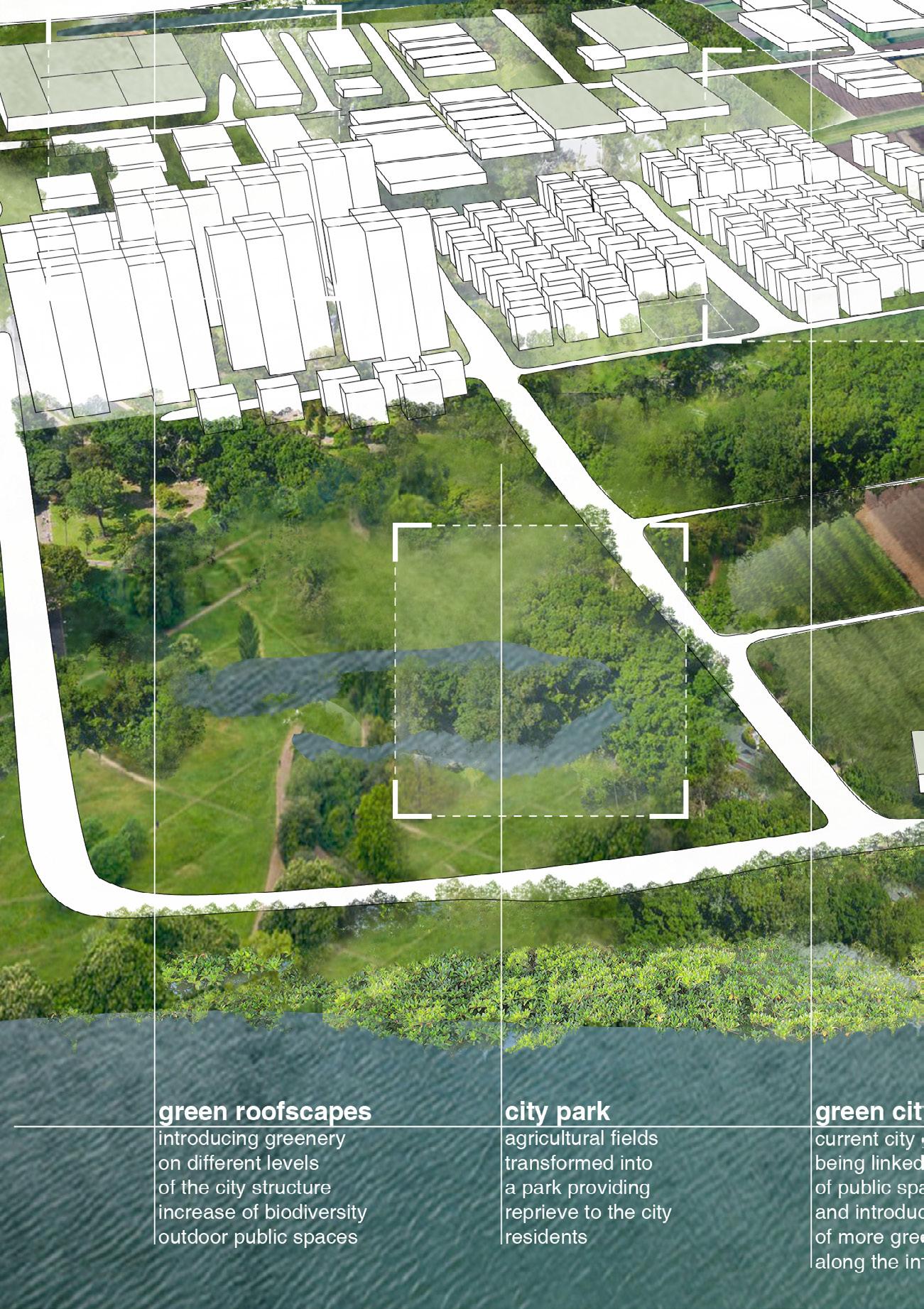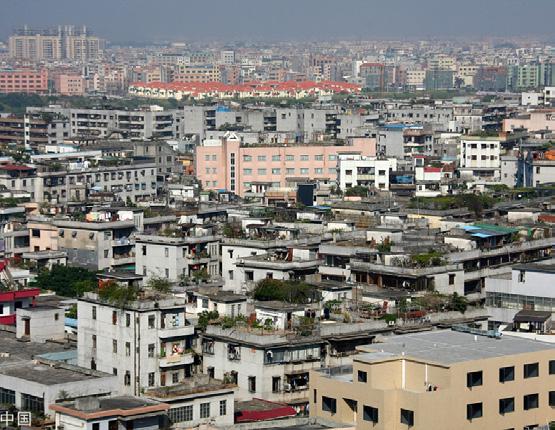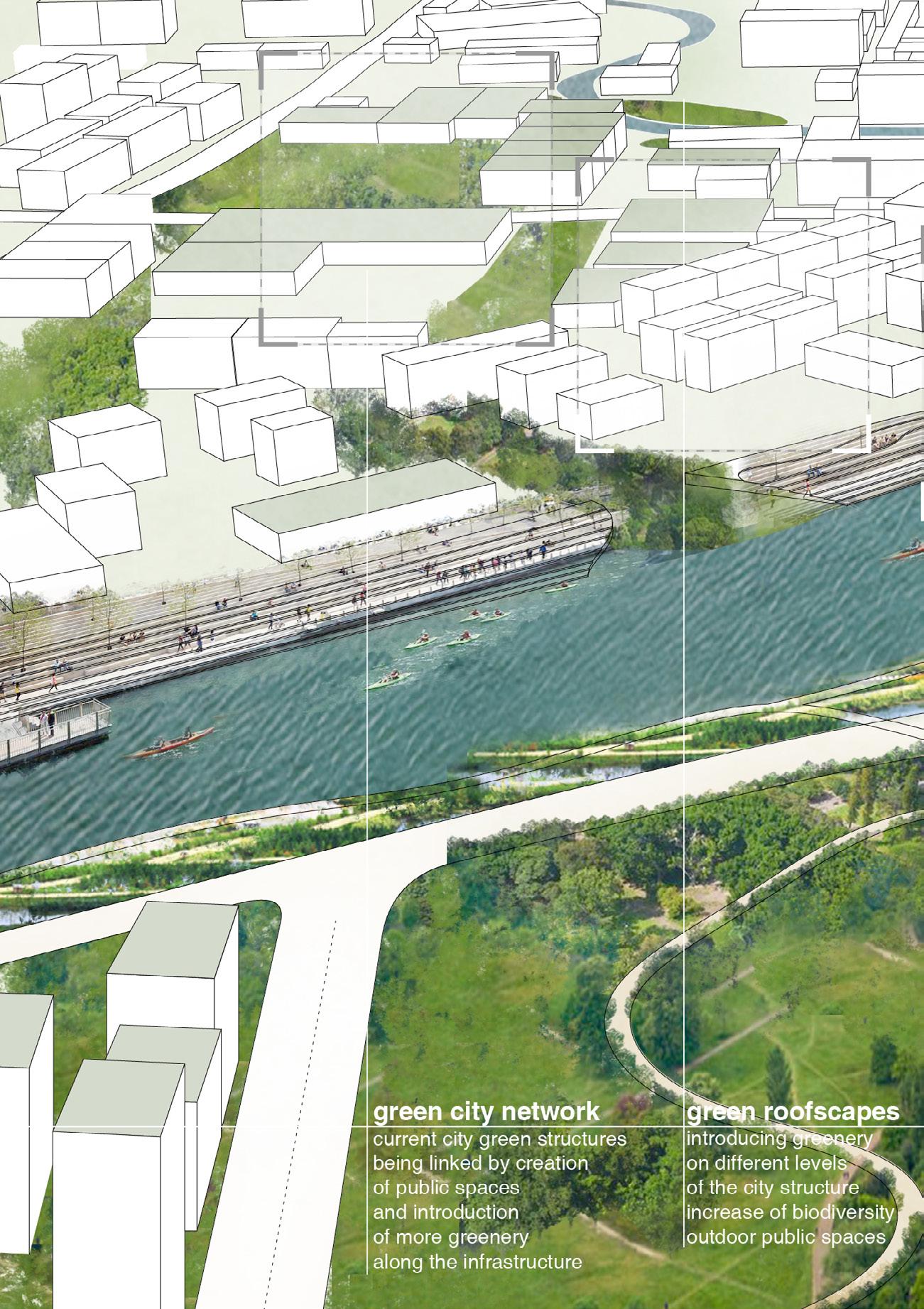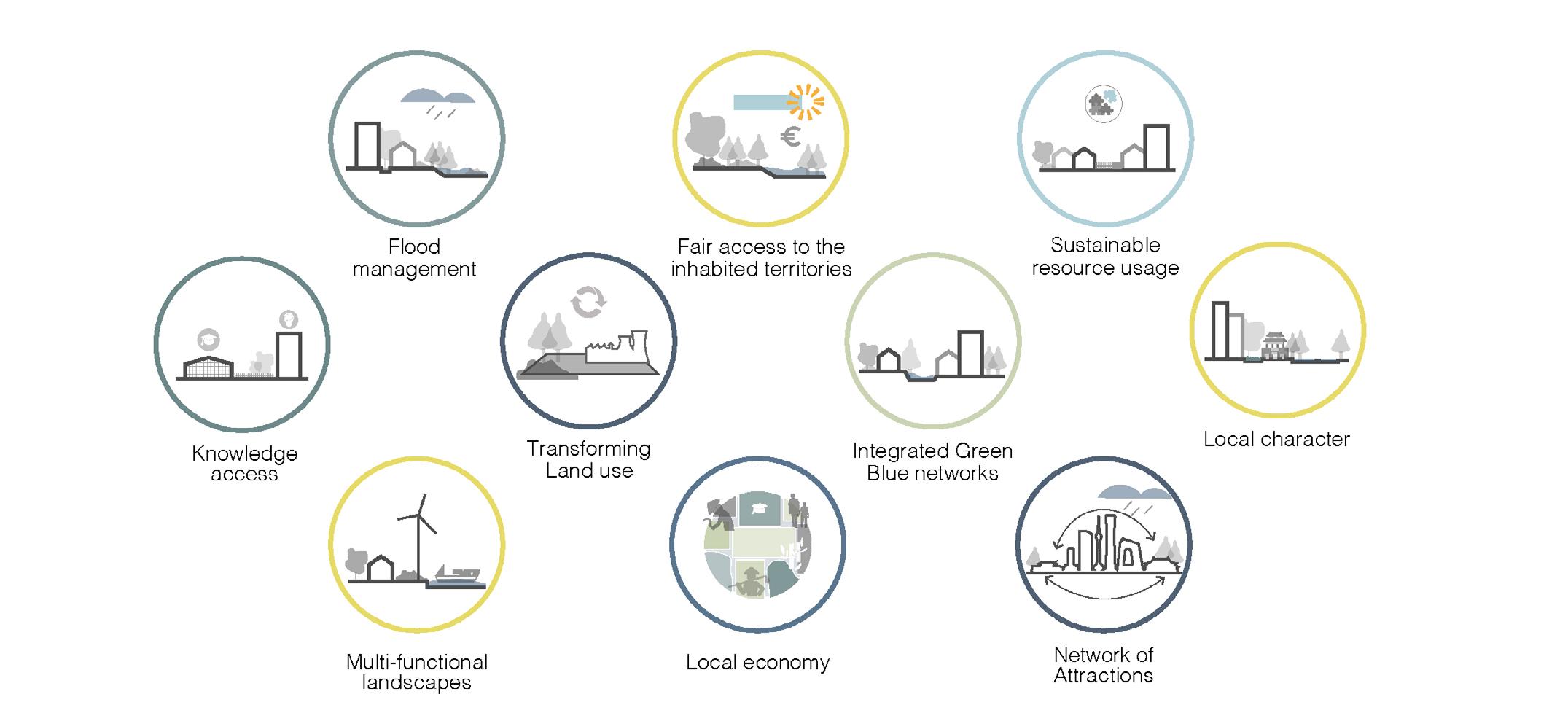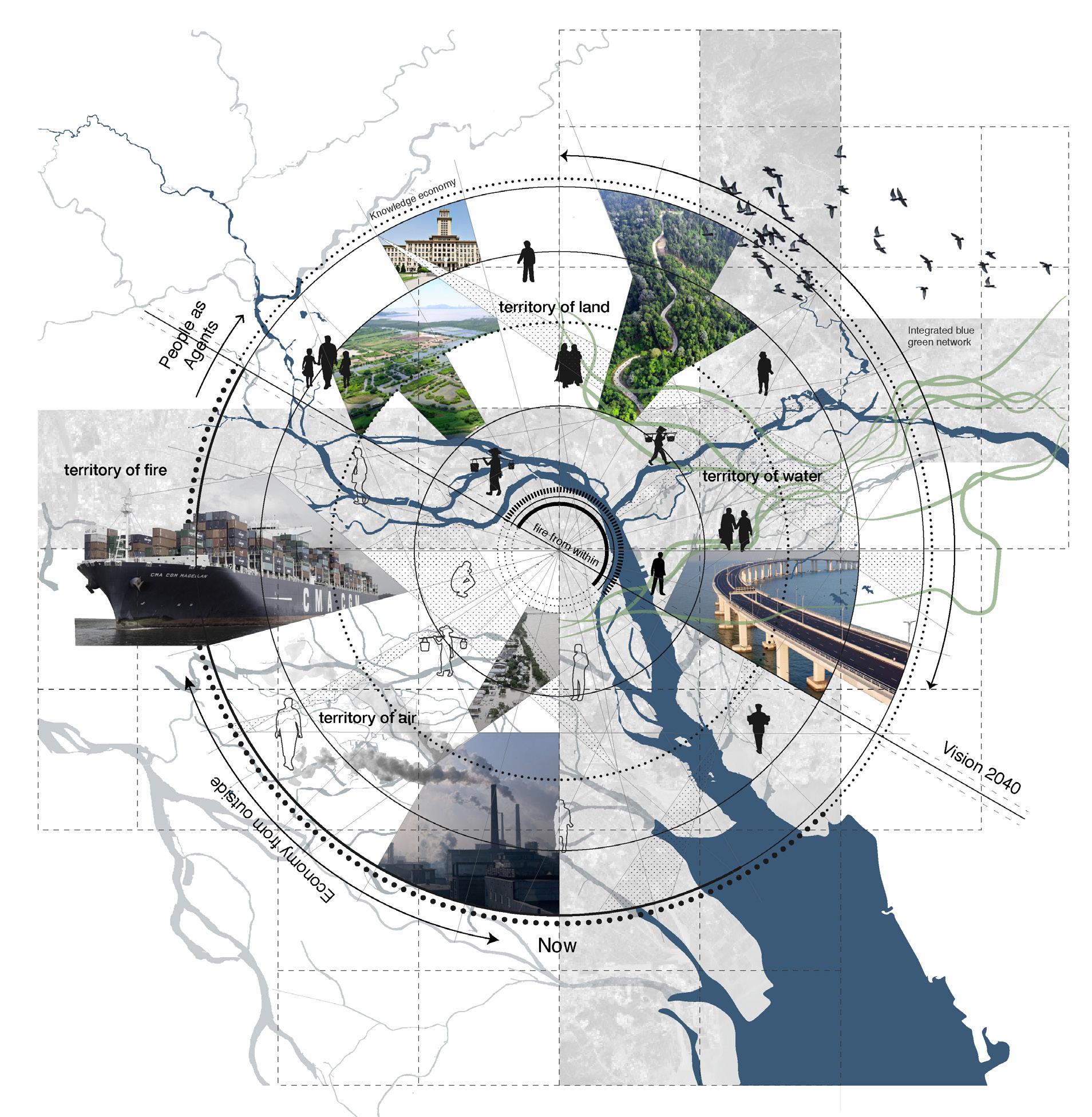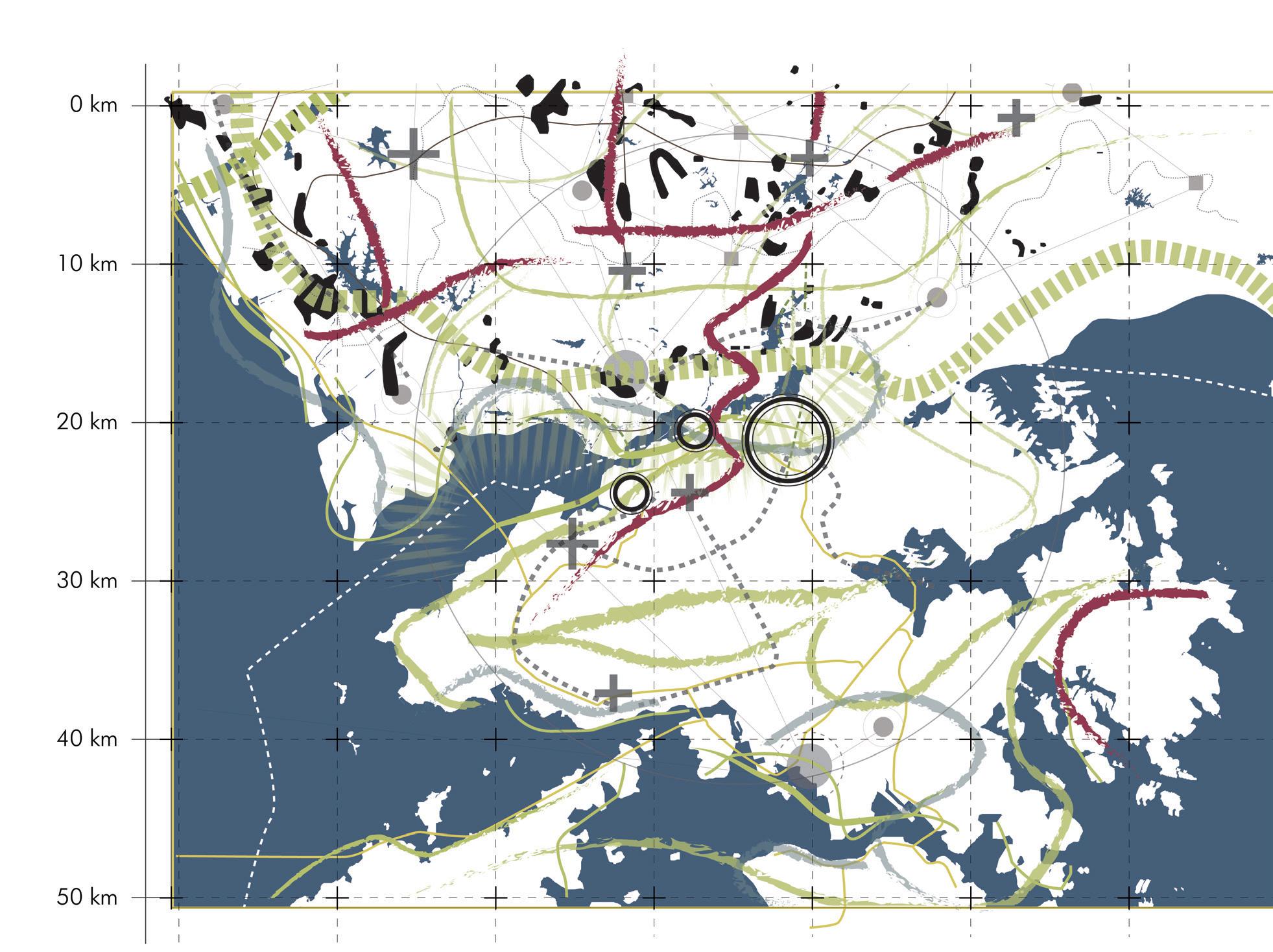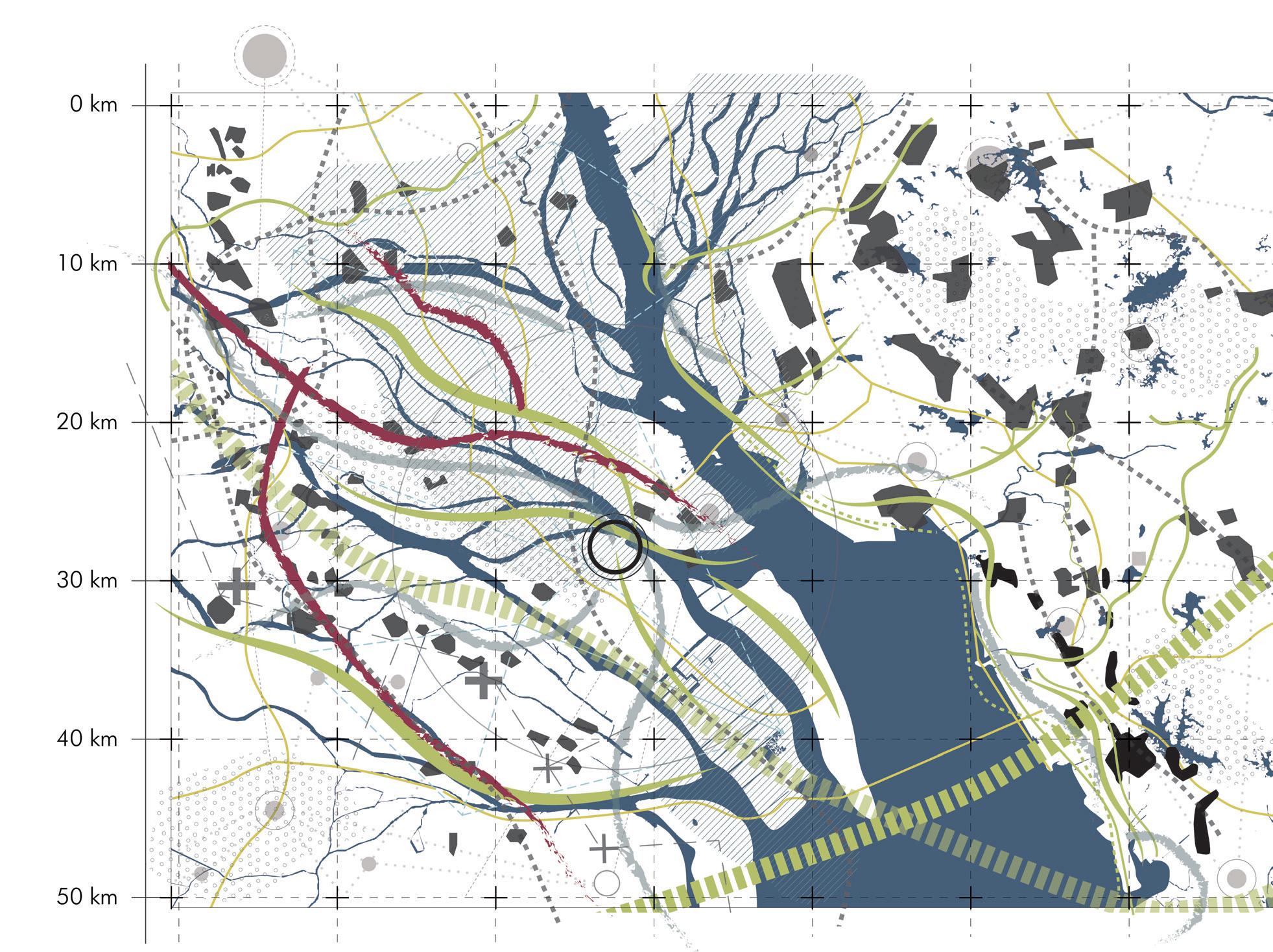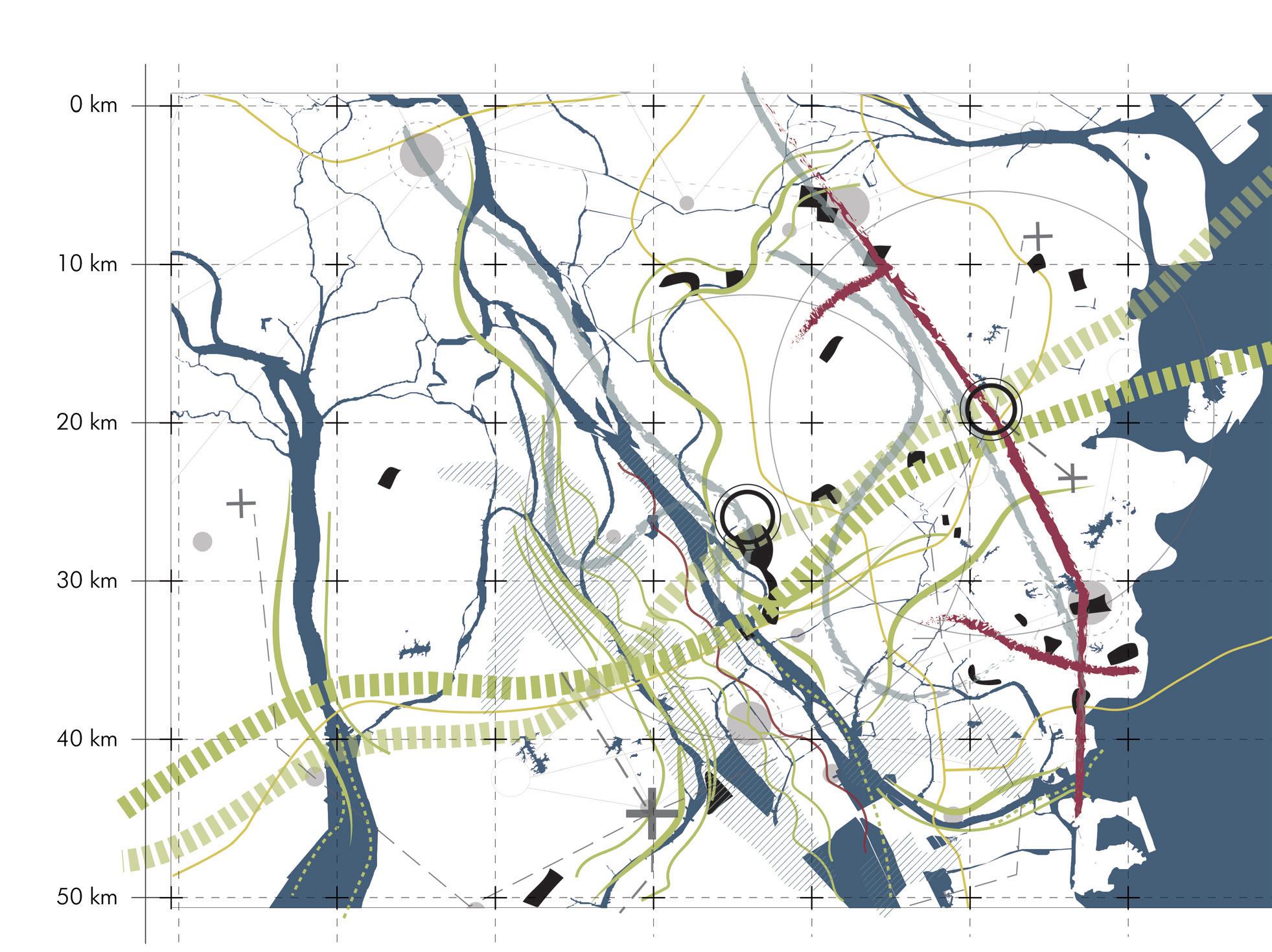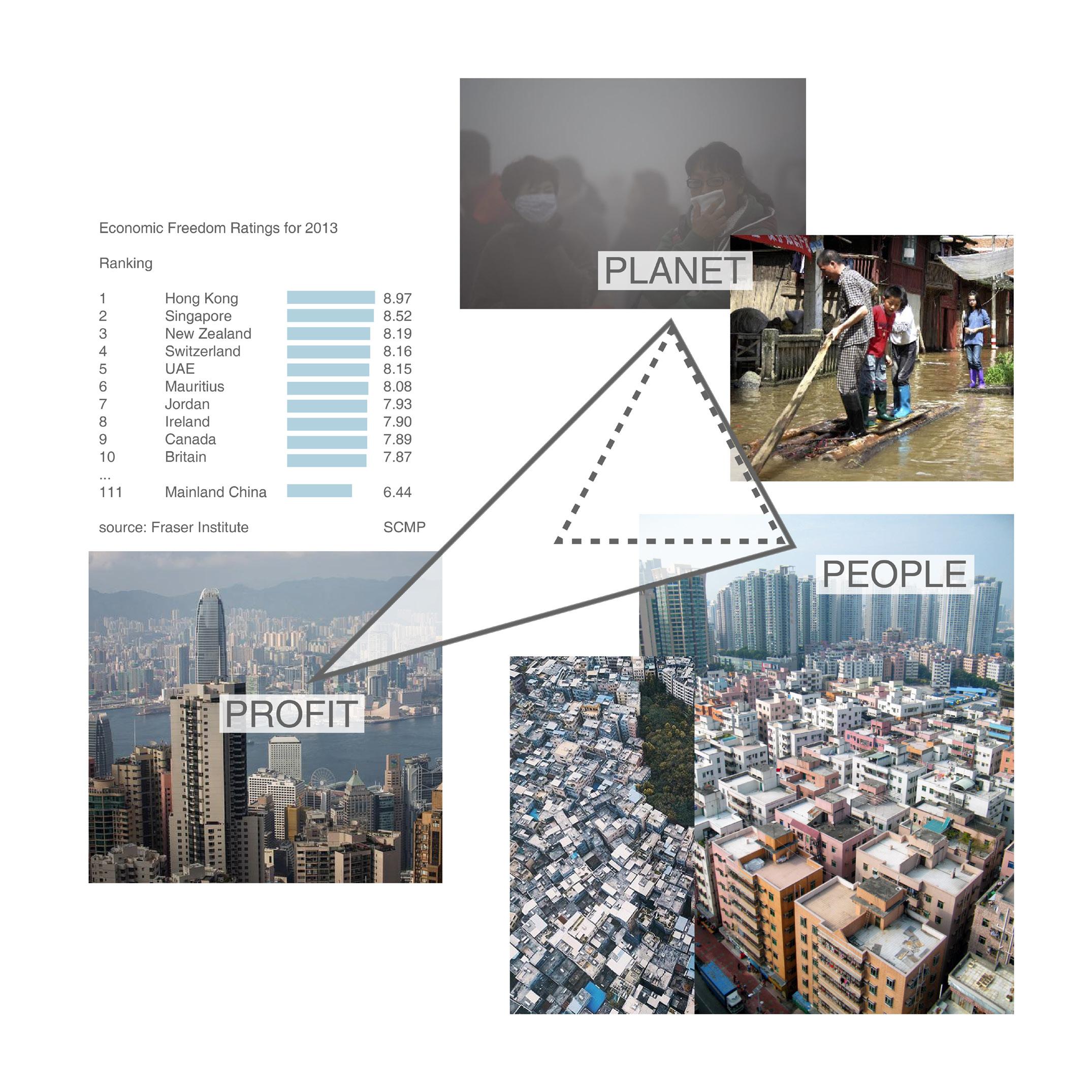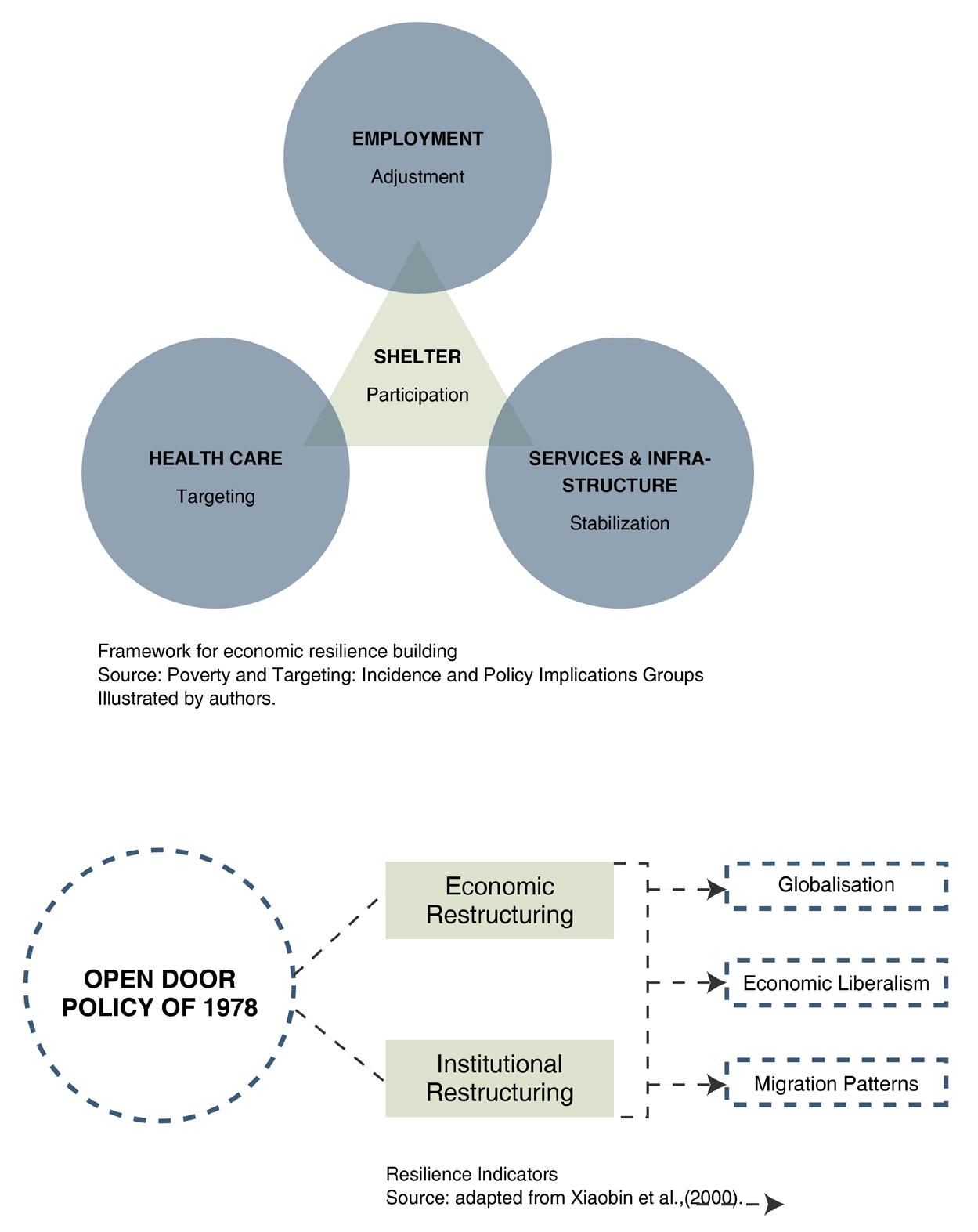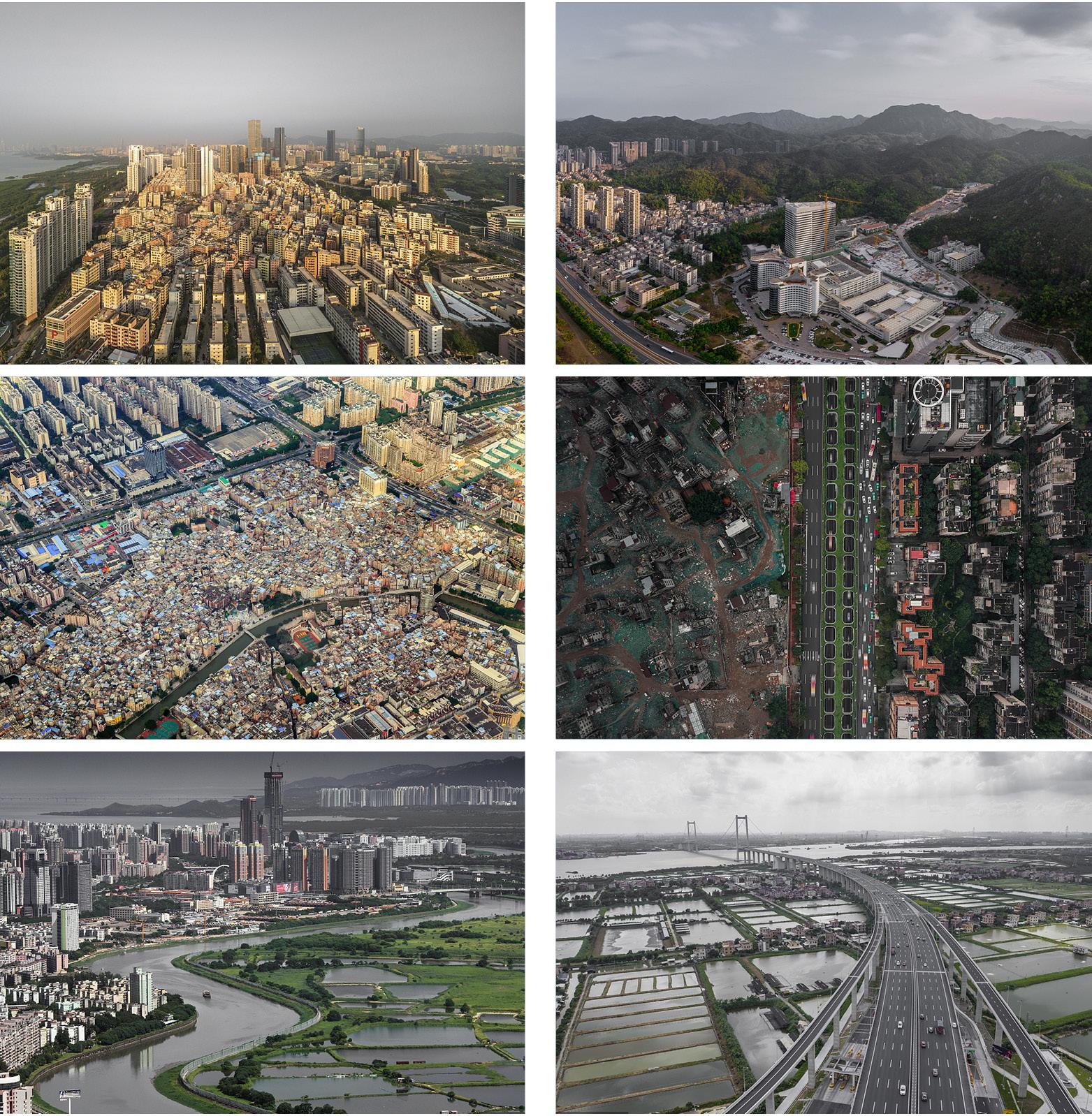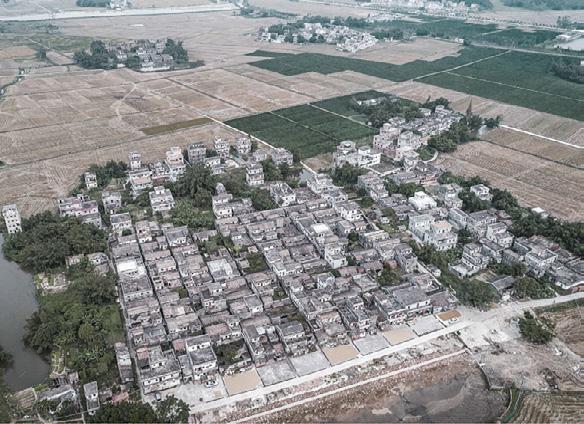Relevance
Societal Relevance The relevance of the project is guided by addressing the socio-spatial justice for the marginalised groups and providing fair living conditions for these communities. We believe that by creating a platform which is open to discussion, debate and collaboration, we can set an example for collective growth and provide just societies for people to live in. Throughout our proposal, we have categorised overlapping themes and proposed interventions that would also align with the SDGs promoted by the United Nations, 2020. To ensure spatial justice, we create a participatory model where people collaborate and create sustainable and suitable
150
habitats, especially the weaker sections of the society. It strengthens the resilience of these communities and reduces their vulnerabilities. More people will be involved in decision making and swaying the policy decisions which would, in turn, facilitate strong partnerships. This system would ensure equal opportunities for everyone involved and become the catalyst to reduce inequalities. Scientific relevance The project ‘Resilient city Networks’ uses a body of theories. It has been driven by the fair sharing of knowledge perspective. The foundation for the proposed transitions was the re-envisioning the relationships between human and natural systems. What
we envisioned was tied together both theoretically and spatially by addressing need for resilient thinking. ‘Evolutionary resilience’ was explored, which broadens the description of resilience ‘beyond its meaning as a buffer for conserving what you have and recovering to what you were’ (Folke et al., 2010, p. 25), to incorporate the dynamic interplay between persistence, adaptability and transformability across multiple scales and time frames in ecological (natural) systems (Davoudi, 2012). Within the project, the necessities of fair sharing of knowledge were explored, explained and formulated.


